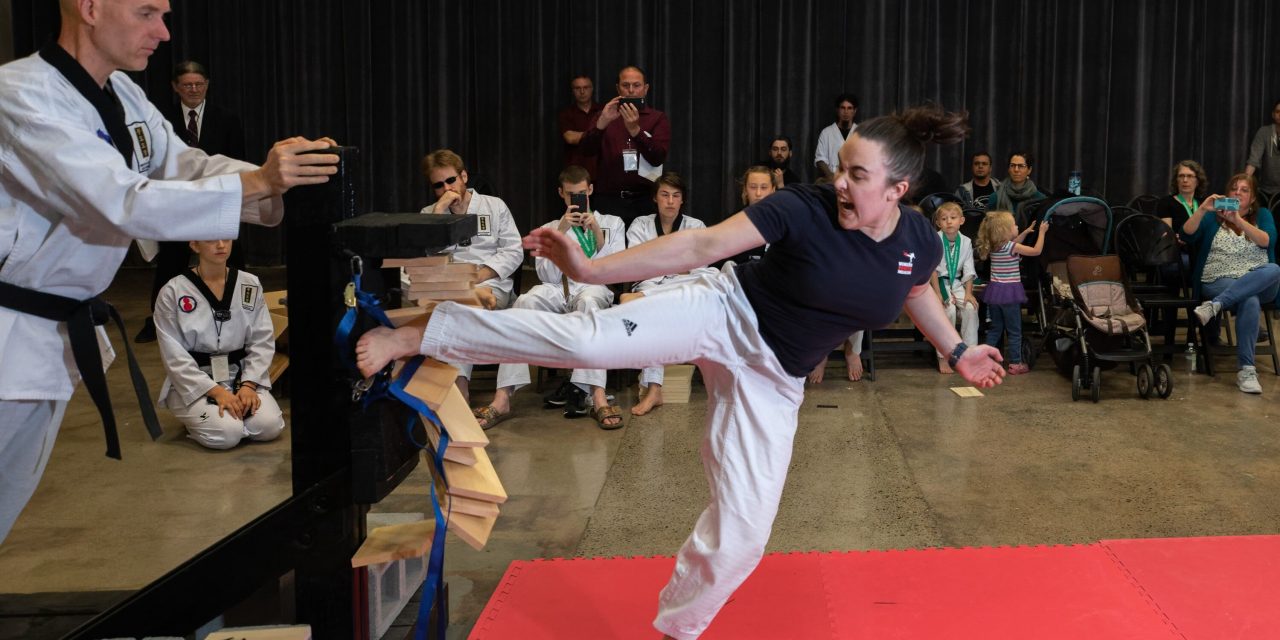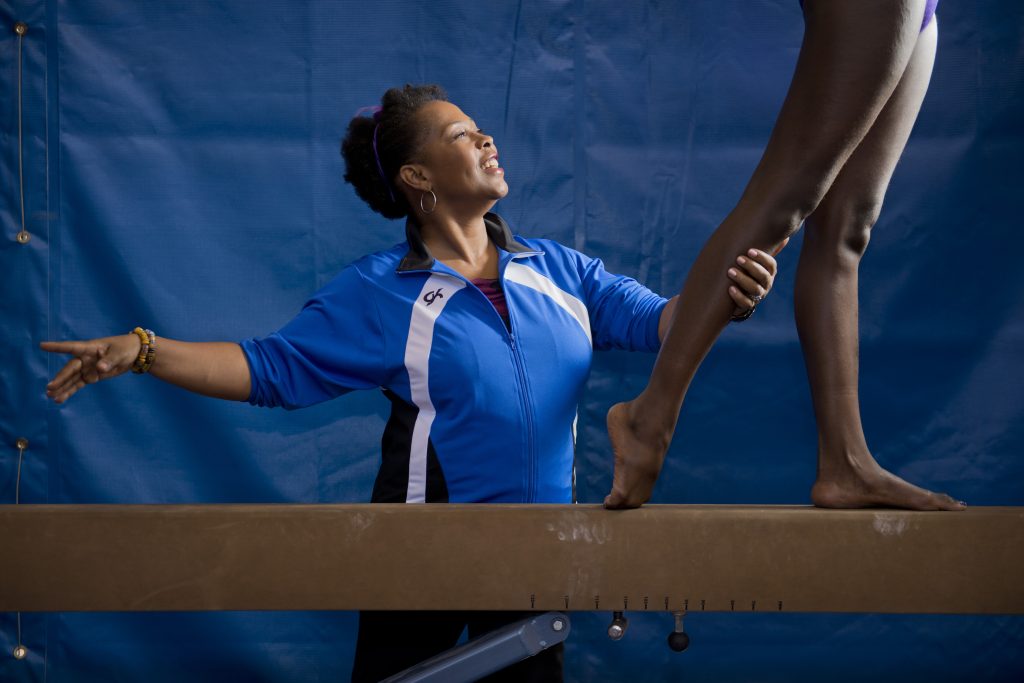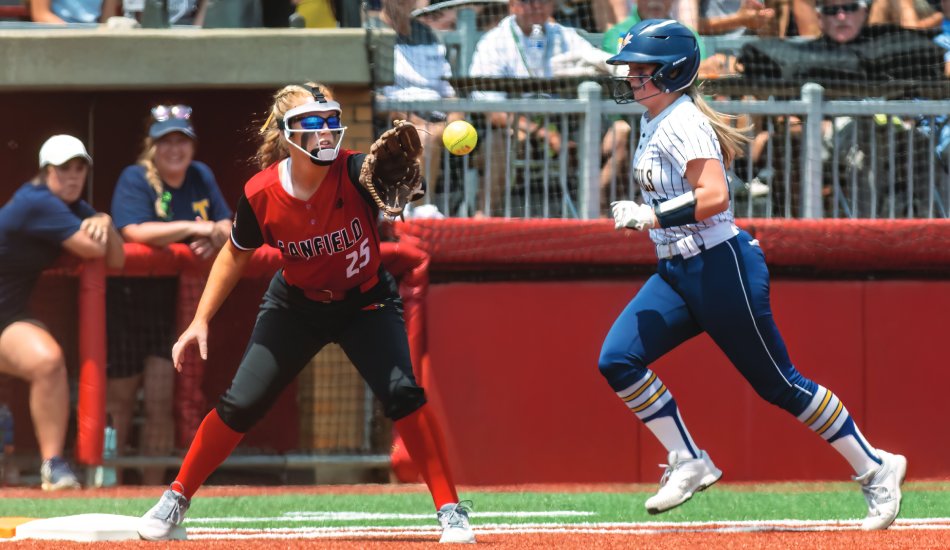In recent years, taekwondo has swept across the Pacific Northwest, establishing a capital in Oregon. Just one year after housing its first state-level tournament, the Beaver State now espouses the Pacific Northwest Regional Taekwondo Hanmadang Tournament.
Despite its relative infancy, the Pacific Northwest Regional Hanmadang Tournament has reached lofty heights over its rapid ascent. The 2019 tournament in Eugene drew more than 400 attendees in total. Participants used it as a showcase for their skills on the larger stage, while 20 percent of competitors advanced to the national tournament.
Taekwondo hanmadangs began in 1992 in Korea as a way to fill the gaps most taekwondo tournaments leave for its practitioners. In the past, taekwondo has taken on the mantle of a sparring sport and through that its popularity exploded as it became an Olympic sport. With the recent popularity of mixed martial arts and the UFC however, its popularity as the go-to battle martial art has waned, allowing the World Taekwondo Headquarters a chance to bring the art back to the sport.
Most tournaments are focused on the combat aspect of the martial art and thus involve mostly sparring. Hanmadangs are slightly different in the sense that they allow the 95 percent of practitioners that are not nationally competitive in sparring a chance to demonstrate their skills and hard work. They do this through other parts of the art, such as speed-breaking, power-breaking and poomsae, a defined pattern of defense-and-attack motions.
The festival offers a chance for participants to show off their skills and cheer on others doing the same without worrying about having to defeat someone or getting knocked out. While the tournament offers medals to the best performers, there’s never the direct conflict you would see in a sparring match.
Par for the course for hanmadangs, everyone from ages three and up can participate, offering competition for all age levels including a 55 and up division. Each division is then divided by skill level and gender for individual events.
Friends and family can participate together in the team events, regardless of skill level or age. It illustrates a pointed difference between showing off the hard work to those you care about and actually doing it alongside them.
Hanmadangs are meant to be fun, though there are some financial incentives available for the most competitive participants. Winners of the US Open Championship get $1,000 and the recreational demonstration team competition winners can net $350. A minimum of $10,000 in prize money is given out to winners of individual divisions.
Another draw for these tournaments is the spectacle to behold. The speed and grace of speed-breaking, power-breaking and poomsae are testaments to the skill and hard work taekwondo requires, all of which have nothing to do with fighting another individual. The dance-like moves illustrate the flow and beauty of the martial arts and provide an incredible show for the audience as well as fellow participates.
A majority of the state-level tournaments allow attendees to qualify for the U.S. Open Hanmadang Tournament, where 1,300 participants from around the world compete. This year the tournament is held at the Broadmoor World Arena in Colorado Springs in honor of its 10 year anniversary.






